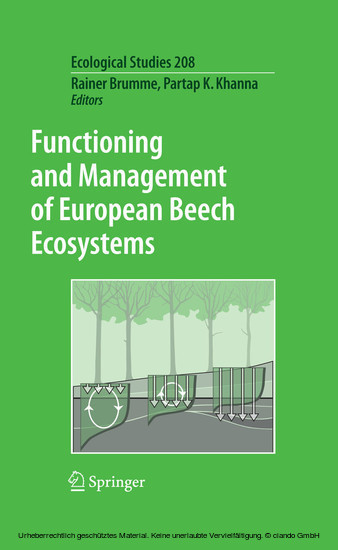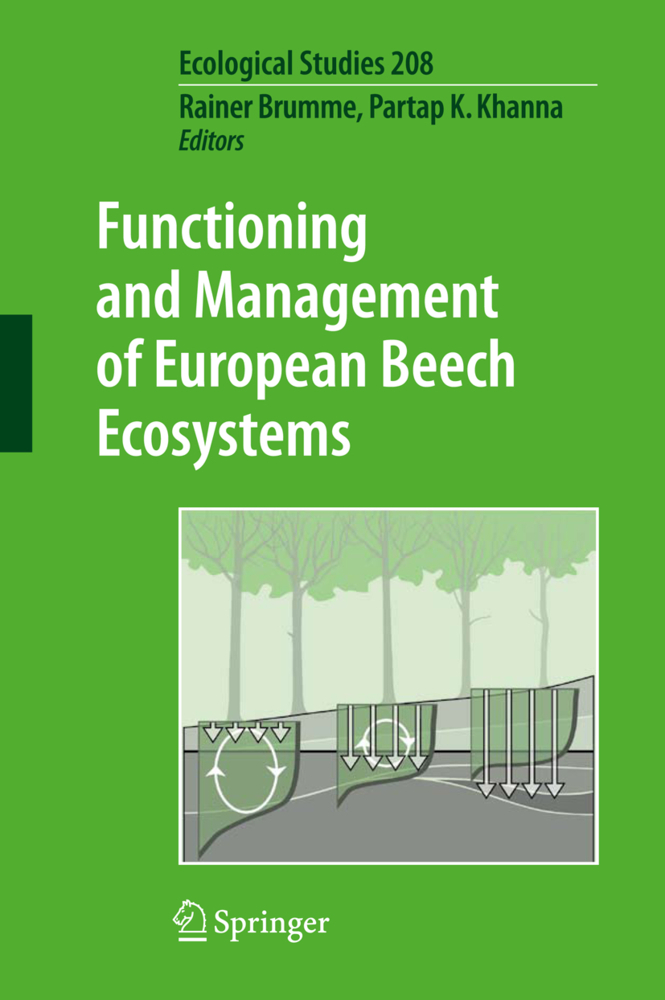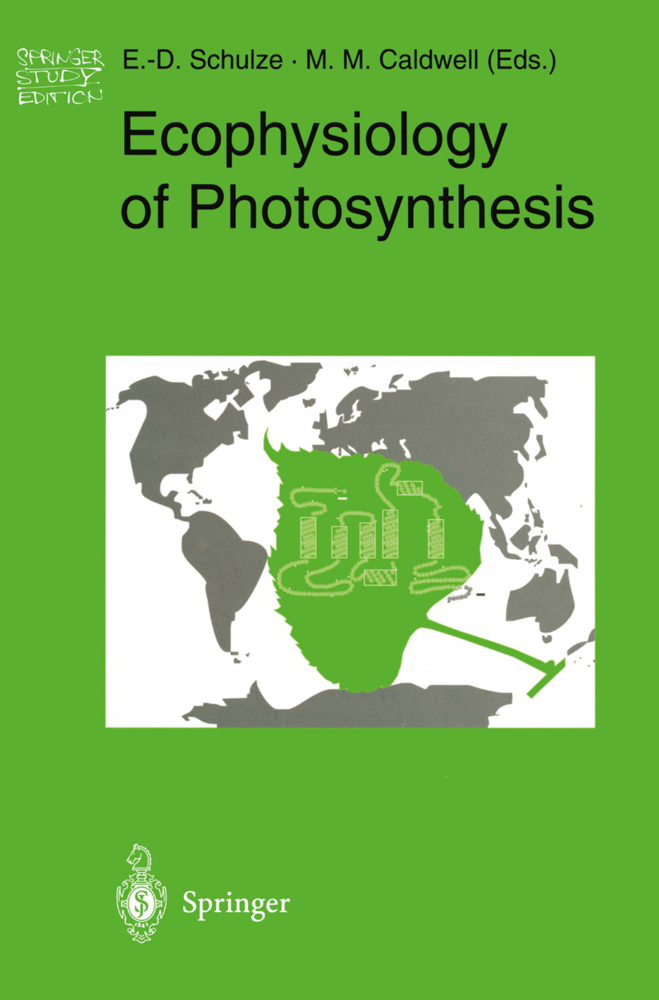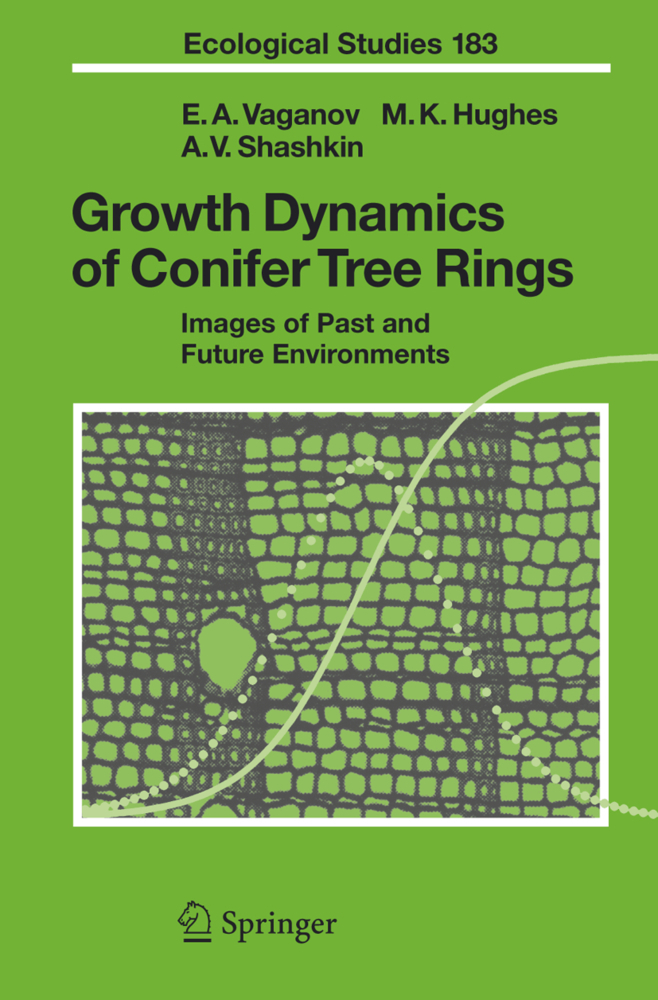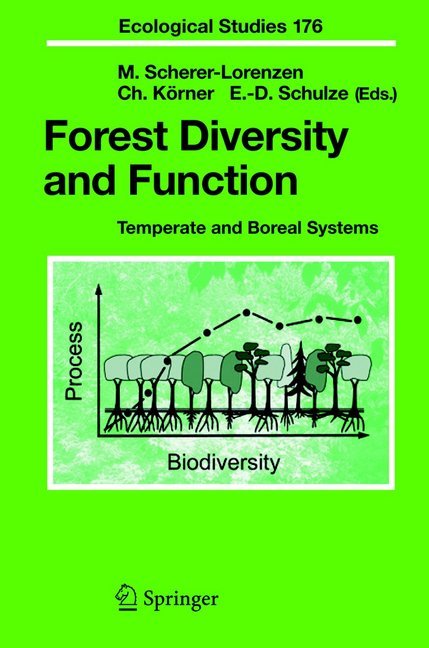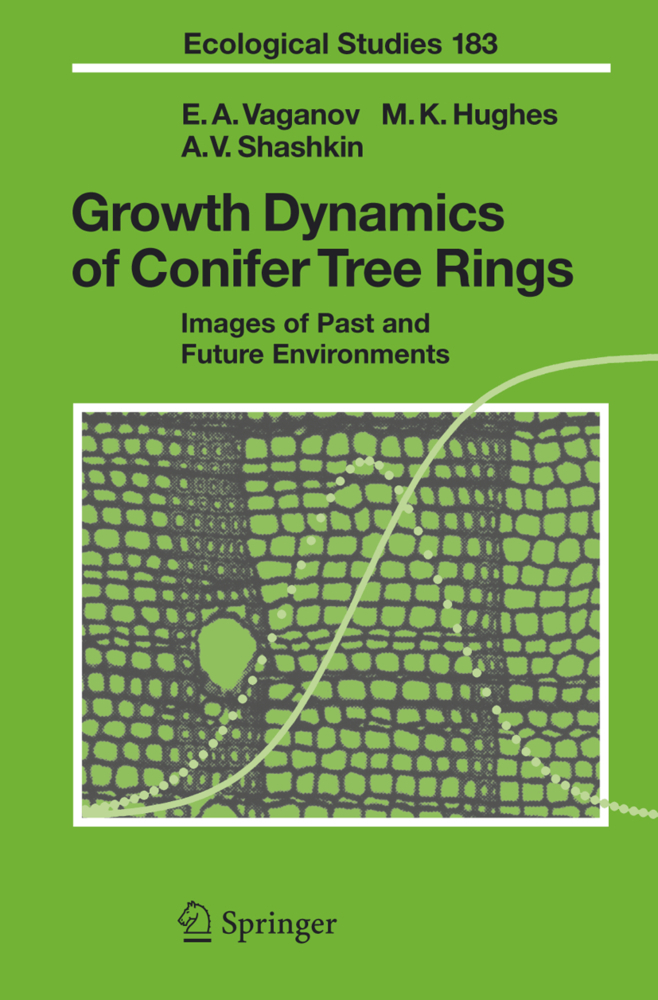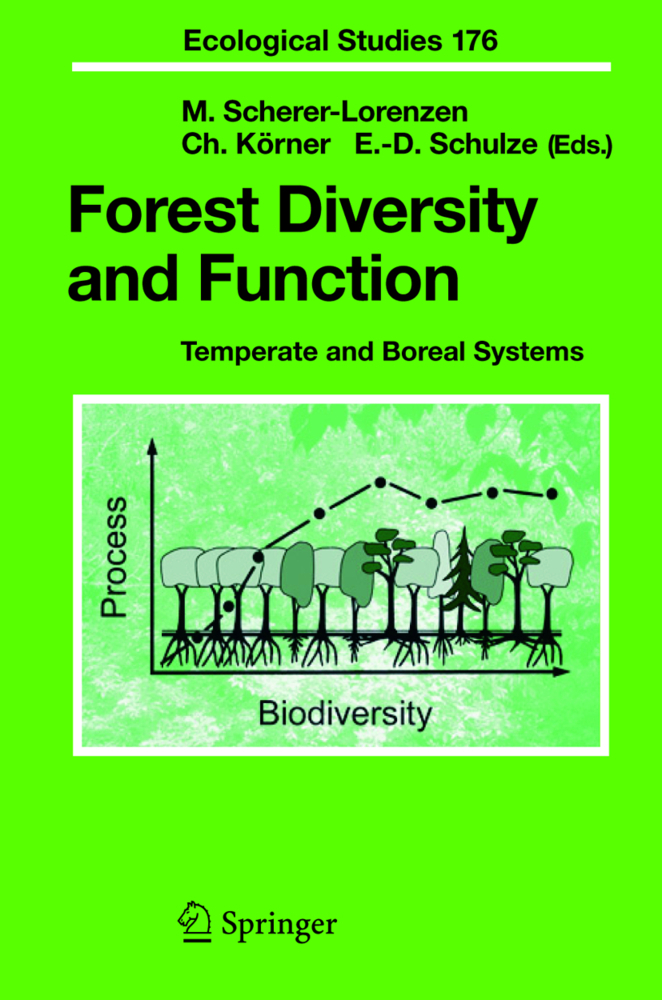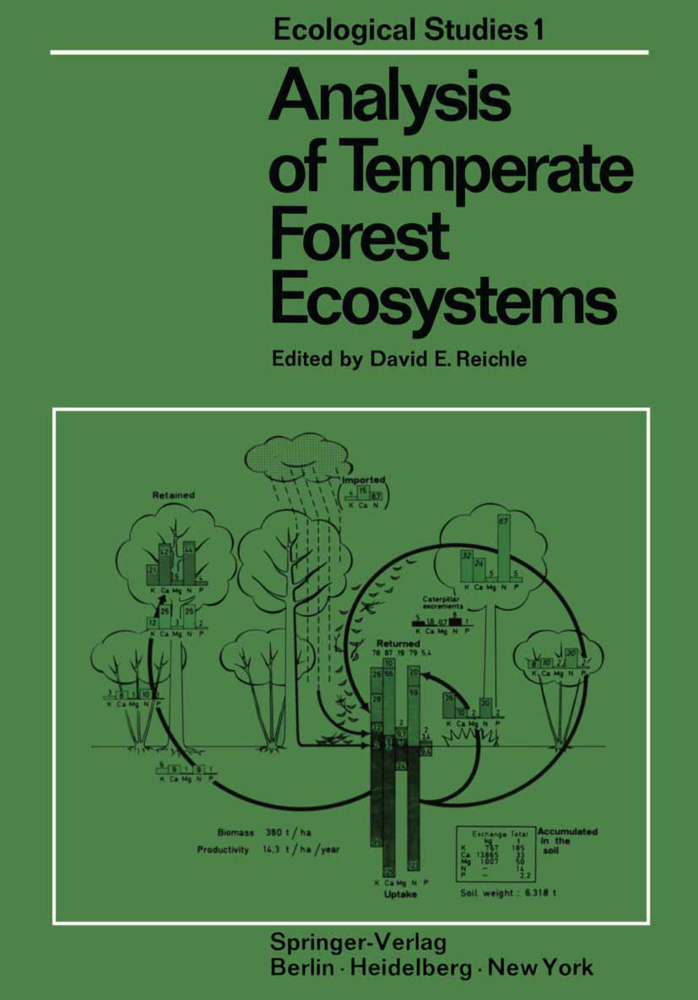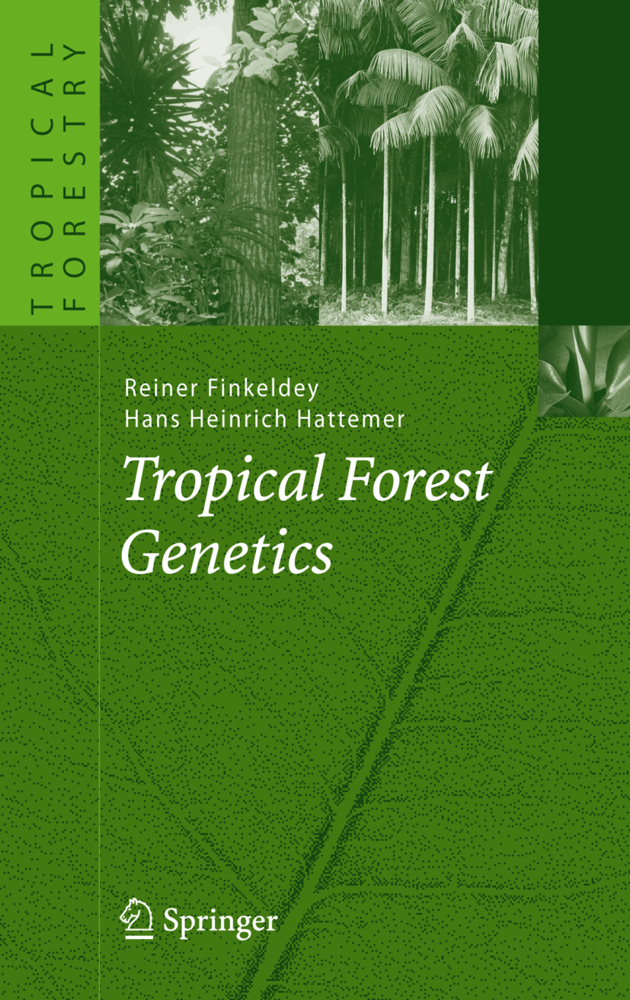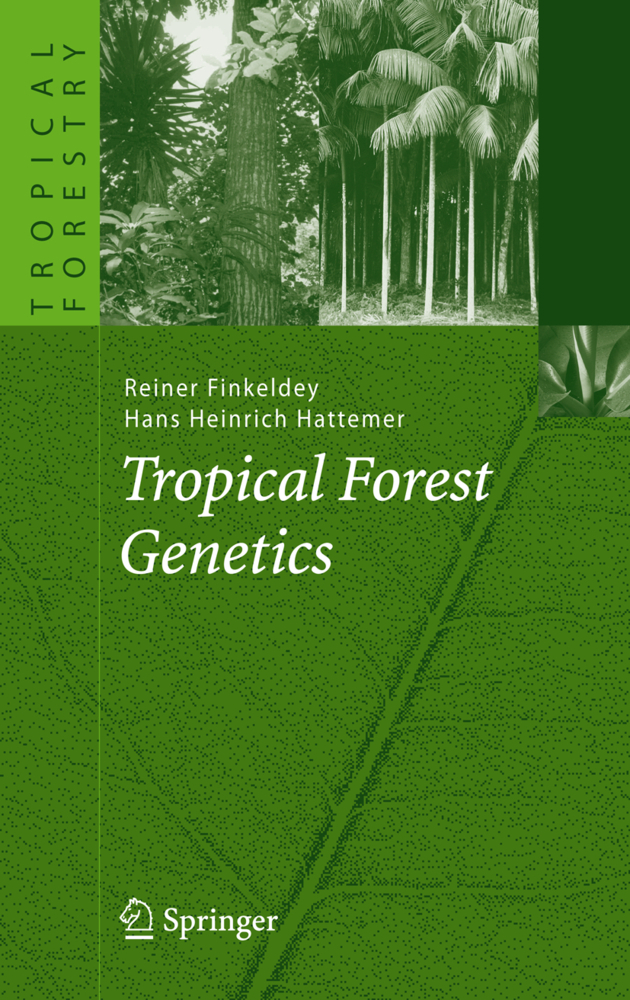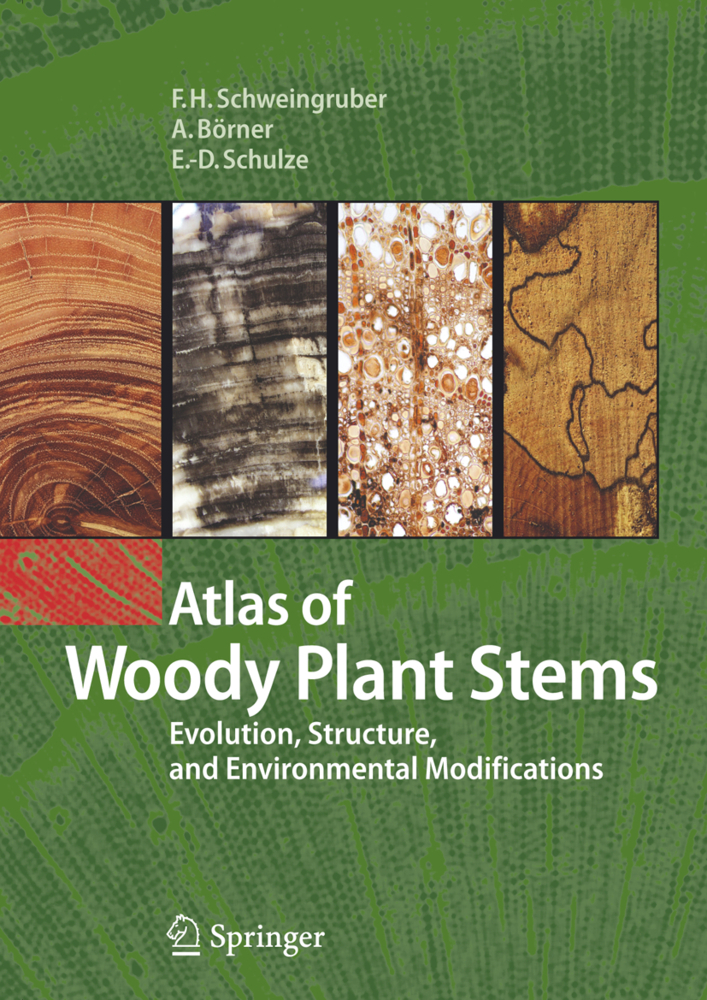Functioning and Management of European Beech Ecosystems
This volume compiles the results of long-term observations of site properties and ecosystem processes for three beech forests. Representing a spectrum of common beech forest sites in Central Europe, they receive similar atmospheric inputs and are growing under similar climatic conditions, but differ in their soil acidity. Significant differences were observed in the diversity and activities of fauna and microbes in these soils, which was the major driving variable for the nutrient cycling processes, growth patterns, greenhouse gas emissions and the C and N sequestration in these forests. Differences in N and C contents and cycling among the three beech sites represented three phases (quasi steady state, accumulation and degradation) as described by ecosystem theory on the functioning and historical development of the N dynamic of other 50 European ecosystems. Various implications for the future management of these and similar beech sites are discussed.
1;71224_1_En_FM1_OnlinePDF;2 1.1;Preface;7 1.2;Contents;7 1.2.1;Contributors;18 1.3;Contributors;7 2;71224_1_En_Introduction_OnlinePDF;23 2.1;0: Introduction;23 2.1.1;References;26 3;71224_1_En_1_Part_OnlinePDF;27 3.1;Part A: Description of Long-term Observation Sites;27 4;71224_1_En_1_Chapter_OnlinePDF;28 4.1;1: General Description of Study Sites;28 4.1.1;References;32 5;71224_1_En_2_Chapter_OnlinePDF;33 5.1;2: Climatic Condition at Three Beech Forest Sites in Central Germany;33 5.1.1;2.1 Climate of Germany;33 5.1.2;2.2 Experimental Sites;36 5.1.2.1;2.2.1 Climatic Variables;36 5.1.3;2.3 Climatic Conditions at Beech Sites;37 5.1.3.1;2.3.1 Solar Radiation;37 5.1.3.2;2.3.2 Air Temperature;38 5.1.3.3;2.3.3 Precipitation;40 5.1.3.4;2.3.4 Variations of Air Temperature and Precipitation During the Observation Period;42 5.1.3.5;2.3.5 Soil Temperature;44 5.1.4;2.4 Comparison with Other Climatic Regions;47 5.1.5;2.5 Conclusions;50 5.1.6;Acknowledgements;51 5.1.7;References;51 6;71224_1_En_3_Chapter_OnlinePDF;53 6.1;Chapter 3: Soil Properties;53 6.1.1;3.1 Introduction;53 6.1.2;3.2 Parent Material, Mineral Composition, Soil Texture;53 6.1.3;3.3 Soil Types, Soil pH, and Buffer Systems of Soils;56 6.1.4;3.4 Cation Exchange Capacity, and Exchangeable Cations;57 6.1.5;3.5 Nutrient Status of Soils and Organic Layer Types;60 6.1.6;3.6 Additional Study Plots at the Solling Site;61 6.1.7;3.7 Conclusions;66 6.1.8;References;66 7;71224_1_En_4_Chapter_OnlinePDF;68 7.1;Chapter 4: Changes in C and N Contents of Soils Under Beech Forests over a Period of 35 Years;68 7.1.1;4.1 Introduction;68 7.1.2;4.2 Content and Distribution of C and Nin Soils from Three Beech Sites;69 7.1.3;4.3 Long-term Periodic Measurements of C and N Contents in the Soil at Solling Site;73 7.1.4;4.4 Human Impacts and Management Issues at Solling;76 7.1.5;4.5 Summary;80 7.1.6;References;81 8;71224_1_En_5_Chapter_OnlinePDF;83 8.1;5: Vegetation;83 8.1.1;5.1 Introduction;83 8.1.2;5.2 Vegetation Structure and Phyto-sociological Classification;84 8.1.2.1;5.2.1 Solling;84 8.1.2.2;5.2.2 Zierenberg;86 8.1.2.3;5.2.3 Göttinger Wald;89 8.1.3;5.3 Vegetation Ecology of the Beech Forest Ecosystems: Impact of Site Conditions;92 8.1.4;5.4 Vegetation Dynamics;95 8.1.4.1;5.4.1 Solling;95 8.1.4.2;5.4.2 Zierenberg;96 8.1.4.3;5.4.3 Göttinger Wald;96 8.1.5;5.5 Conclusion;99 8.1.6;Acknowledgments;99 8.1.7;References;100 9;71224_1_En_6_Chapter_OnlinePDF;105 9.1;6: Microbial Biomass;105 9.1.1;6.1 Introduction;105 9.1.2;6.2 Microbial Carbon and Nitrogen;106 9.1.3;6.3 Metabolic Quotient and Cmic-to-Corg Relationship;107 9.1.4;6.4 Conclusions and Indications of Human Impacts;109 9.1.5;References;110 10;71224_1_En_7_Chapter_OnlinePDF;111 10.1;Chapter 7: Soil Fauna;111 10.1.1;7.1 Introduction;111 10.1.2;7.2 Fauna;112 10.1.3;7.3 Macro-Gradient from Base-Rich to Acid Beech Forests;112 10.1.4;7.4 Meso-Gradient from Basalt to Limestone at the Zierenberg Site;117 10.1.5;7.5 Conclusions;118 10.1.6;Acknowledgements;119 10.1.7;References;119 11;71224_1_En_2_Part_OnlinePDF;121 11.1;Part B: Ecosystem Processes;121 12;71224_1_En_8_Chapter_OnlinePDF;122 12.1;8: Tree Growth, Biomass, and Elements in Tree Components of Three Beech Sites;122 12.1.1;8.1 Introduction;122 12.1.2;8.2 Sites and Methods of Data Collection;124 12.1.2.1;8.2.1 Stem Growth;124 12.1.2.2;8.2.2 Biomass Measurements of Different Tree Componentson Two Sites;126 12.1.2.2.1;8.2.2.1 Solling Site;126 12.1.2.2.2;8.2.2.2 Göttinger Wald Site;127 12.1.2.3;8.2.3 Biomass Modelling at Different Experimental Sites;127 12.1.2.4;8.2.4 Nutrient Concentration of Various Tree Components;128 12.1.3;8.3 Stand Growth;128 12.1.3.1;8.3.1 Solling Site;128 12.1.3.2;8.3.2 Göttinger Wald Site;130 12.1.3.3;8.3.3 Zierenberg Site;130 12.1.4;8.4 Comparison of Stand Growth at the Three Experimental Sites;131 12.1.5;8.5 Biomass of Harvested Trees and Annual Biomass Increments;133 12.1.6;8.6 Nutrients in Various Tree Components;138 12.1.7;8.7 Stand Harvesting and Nutrient Export;147 12.1.
Brumme, Rainer
Khanna, Partap K.
| ISBN | 9783642003400 |
|---|---|
| Artikelnummer | 9783642003400 |
| Medientyp | E-Book - PDF |
| Copyrightjahr | 2009 |
| Verlag | Springer-Verlag |
| Umfang | 501 Seiten |
| Sprache | Englisch |
| Kopierschutz | Digitales Wasserzeichen |

